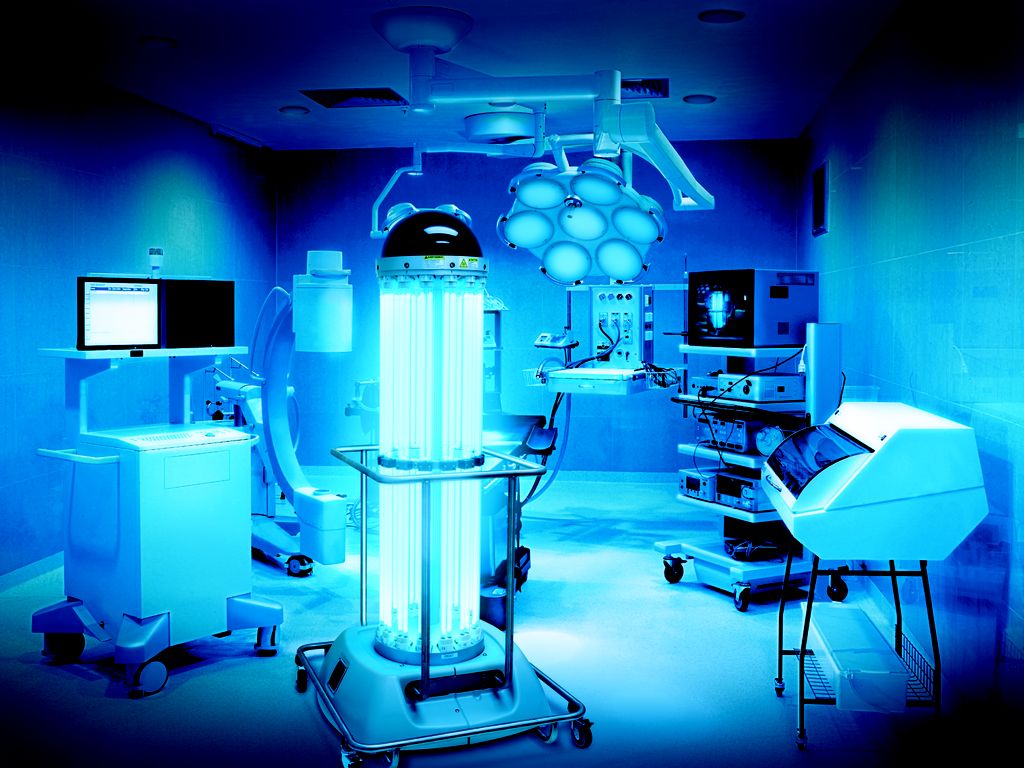The Rise of Disinfectant Robots
In the era of the ongoing COVID-19 pandemic, healthcare facilities and other high-traffic areas require high levels of cleaning and disinfection to curb the spread of infections. However, manual cleaning by human cleaners poses various challenges and risks. This has led to the rise of disinfectant robots that can effectively sanitize spaces without putting human cleaners at risk of exposure.
Benefits of Disinfectant Robots
Disinfectant robots offer several advantages over traditional manual cleaning methods:
Deep Cleaning Capabilities
Robots are equipped with powerful UV light systems, hydrogen peroxide vaporizers, or electrostatic sprayers that can disinfect every nook and cranny of a space. Their long arms allow them to reach areas that are difficult for human cleaners to access. This thorough disinfection helps eliminate infections more effectively.
Consistent Coverage
Robots clean methodically according to a predetermined pathway covering the entire space consistently. This ensures uniform disinfection coverage without missed spots. Consistent cleaning is important to disrupt the chain of infection transmission.
Risk Reduction for Humans
Disinfection Robot infectant robots eliminate the need for human cleaners to work with toxic disinfecting chemicals or enter contaminated areas. This significantly reduces their occupational health risks and exposure to infections. It protects the cleaning staff.
Time and Cost Savings
Robots work continuously for long hours without breaks. They clean rooms much faster than human crews. This translates to significant savings in labor costs and time. Healthcare facilities can accommodate more patients with the same workforce.
Data Monitoring Capabilities
Some advanced robots are equipped with sensors to collect cleaning data such as coverage maps, chemical usage levels, frequency of cleaning and more. This monitoring capability improves transparency and ensures cleaning compliance.
Types of Disinfectant Robots
There are different types of robots available in the market to suit various cleaning needs:
Ultraviolet Disinfection Robots
UV light robots like the Xenex Germ-Zapping Robot use intense pulses of UV light to destroy bacteria and viruses by damaging their DNA/RNA. They are effective against pathogens like C. diff, MRSA and coronaviruses. Their autonomous designed allows operation in unoccupied rooms.
Hydrogen Peroxide Vapor (HPV) Robots
Robots like the Bioquell Q-10 HPV decontamination robot vaporizes hydrogen peroxide to disperse it throughout a room to penetrate and destroy microbes. It achieves 6-log reductions killing 99.9999% of bacteria & viruses. Useful for terminal cleaning of isolation rooms.
Electrostatic Spraying Robots
Robots equipped with electrostatic sprayers like the OTSAW Dry-Mist Disinfection Robot can automatically spray disinfecting solutions as an electrostatically charged aerosol mist. The mist clings to all surfaces for full coverage.
Ultrasonic and UV Combo Robots
Robots with dual technology like the Xenex xCycle use ultrasonic waves to atomize cleaning solutions followed by UV light to sterilize surfaces. They efficiently clean and disinfect both soft and hard surfaces without chemicals.
Use of Disinfectant Robots Amid COVID-19
With the ongoing COVID-19 pandemic overwhelming healthcare systems, disinfectant robots have seen increased adoption:
Deployment in Healthcare Facilities
Many hospitals have deployed robots to disinfect high-risk areas like ICUs, isolation rooms, operating rooms and common areas on a daily basis. This helps curb the spread of hospital-acquired infections.
Use in Senior Living Facilities
Nursing homes, assisted living and long-term care centers are using bots to continuously disinfect common areas and rooms to protect at-risk elderly residents from infections.
Deployment in Mass Transit
Public transit agencies are utilizing bots equipped with UV lights to sanitize buses, railcars and stations routinely to ease passenger safety concerns.
Curbing Infections in Other Settings
Disinfectant robots are also being used in settings such as schools, airports, factories, hotels and more to control COVID-19 transmission by thoroughly sanitizing occupied and unoccupied spaces.
Advancing Technology
The pandemic has accelerated research and development of more advanced autonomous disinfection robots. Some upcoming bots can identify soiled areas using AI and cameras and automatically prioritize cleaning of such spots.
The COVID-19 crisis has underscored the importance of infection control through enhanced environmental cleaning. Disinfectant robots have emerged as a reliable solution to remove human factors from the disinfection process. As their technology advances further backed by growing real-world success, robots will increasingly automate complex cleaning and disinfection tasks to curb infections across various settings. Their benefits make them a worthwhile investment towards longer-term protection against present and future public health threats.
*Note:
1. Source: Coherent Market Insights, Public sources, Desk research
2. We have leveraged AI tools to mine information and compile it



